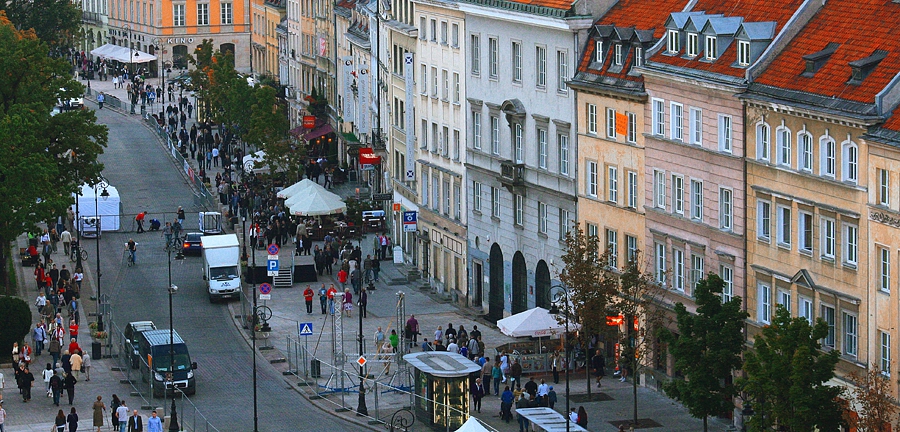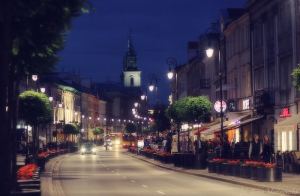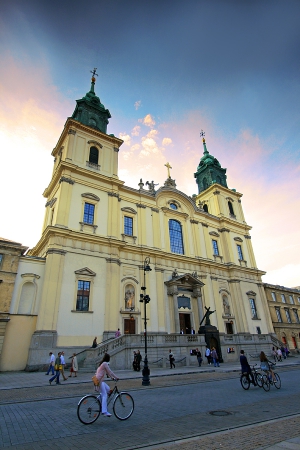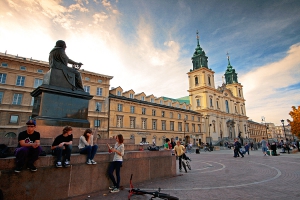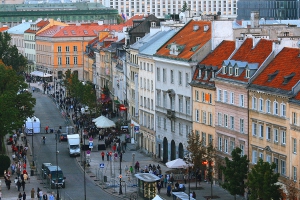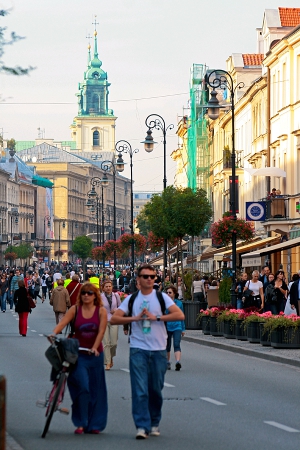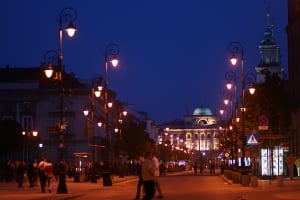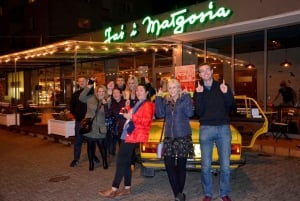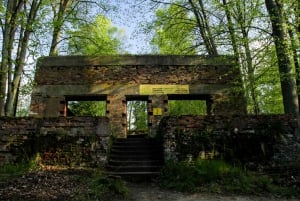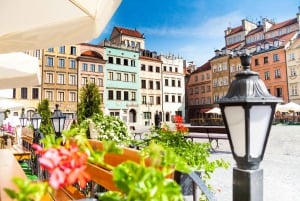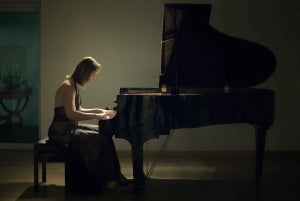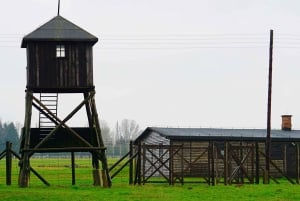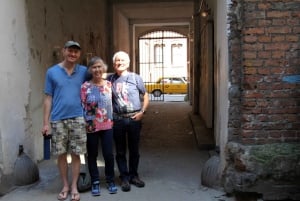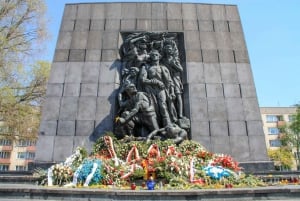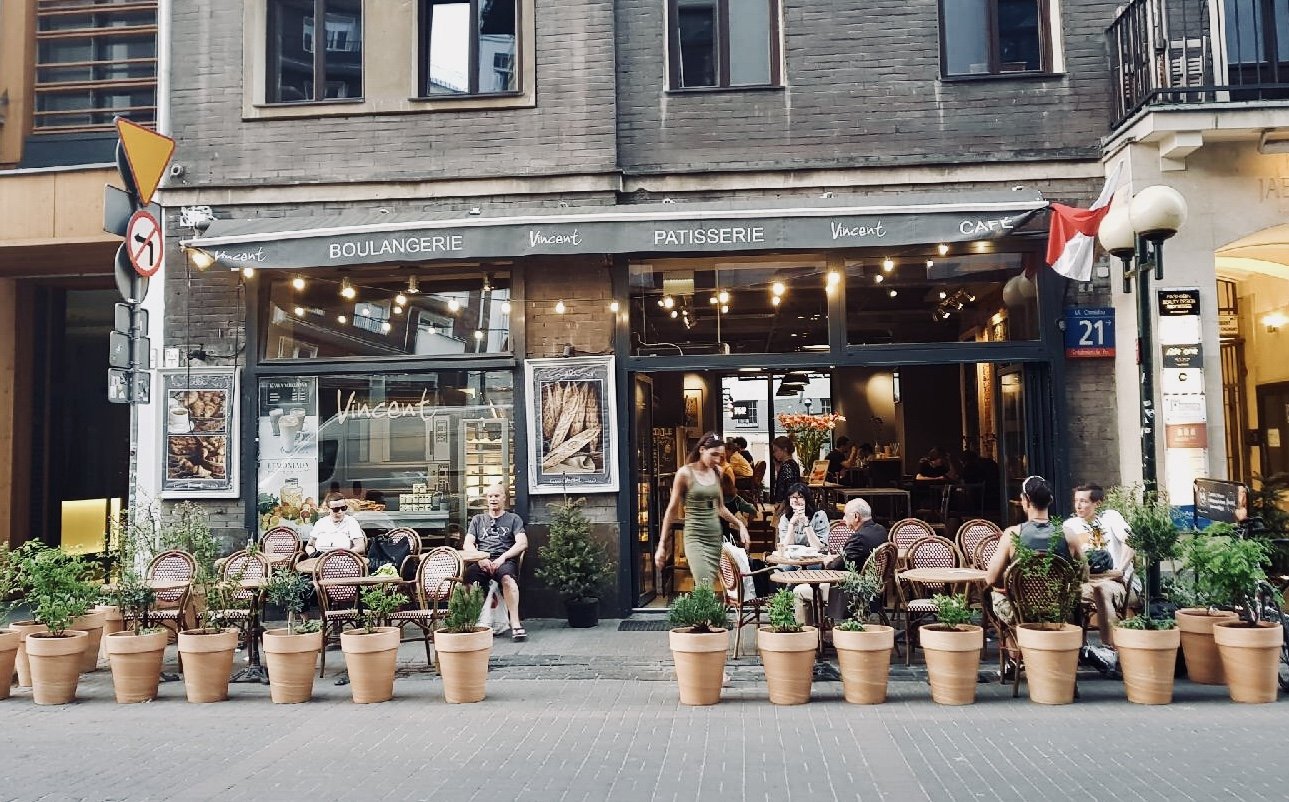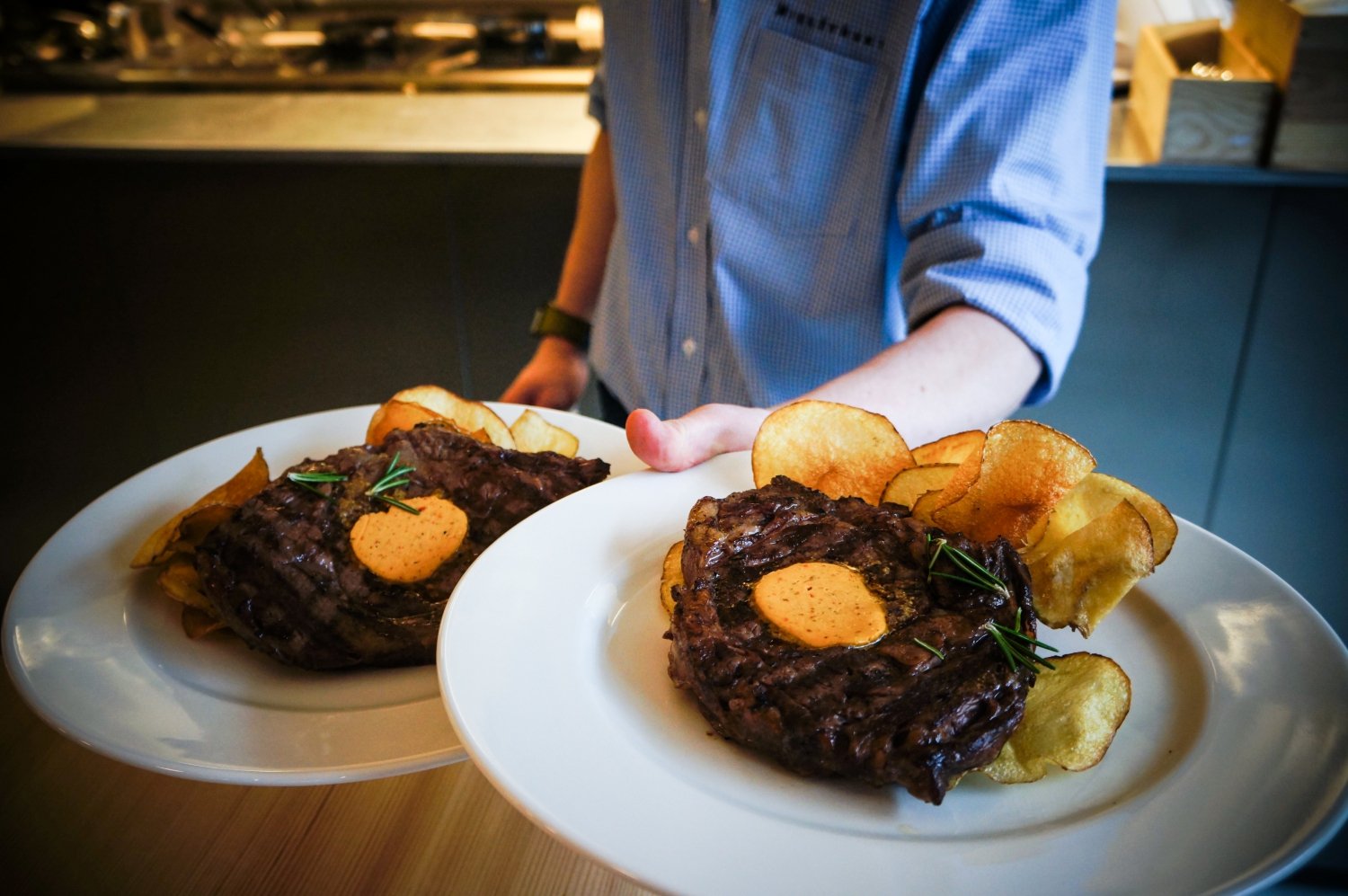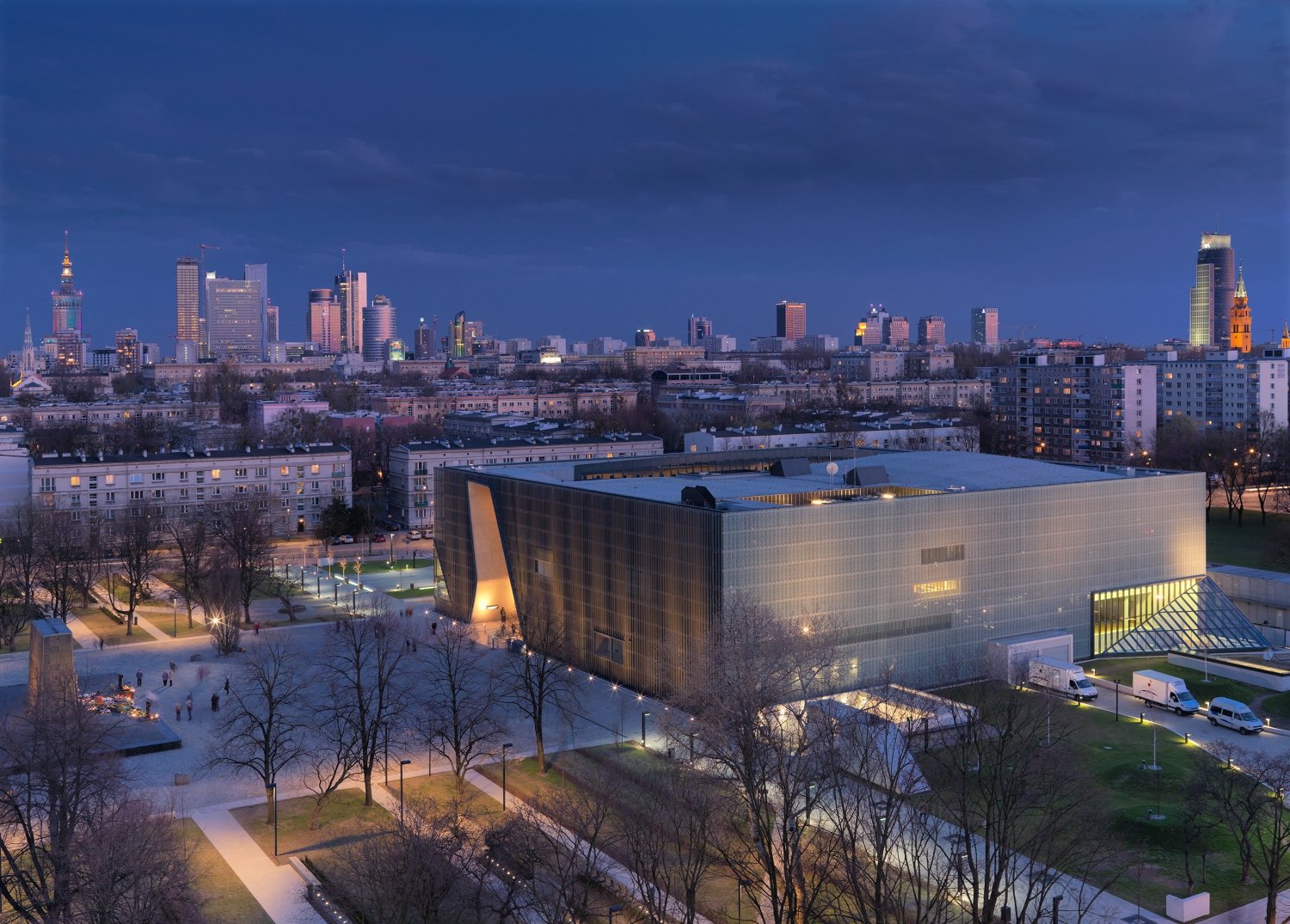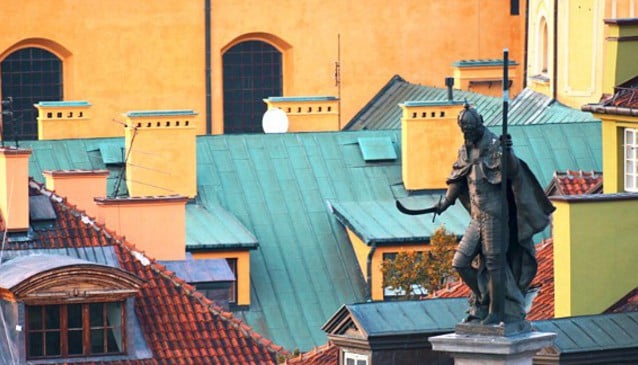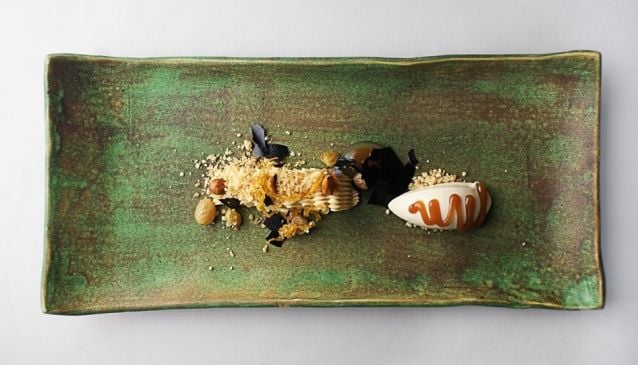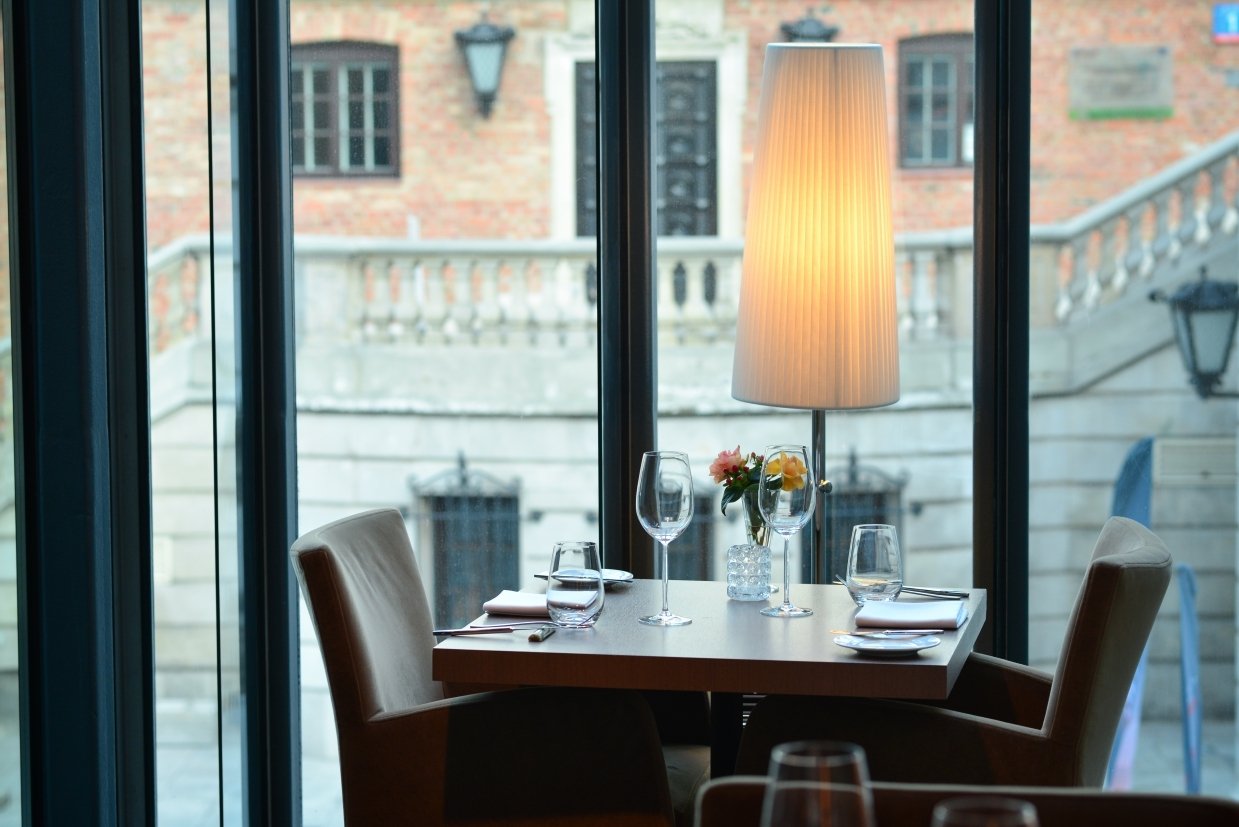The Royal Route
The Royal Castle became the seat of Polish power in 1596 thanks to the decision of Zygmunt III to move the capital here from . A 22 metre column in Castle Square commemorates this. The Royal Castle dates back to the 13th century but has expanded and changed many times throughout history. Visitors can see large parts of the castle such as state room and private rooms once inhabited by kings and their court. The castle has an impressive façade and clock tower which dominates the entrance to the Old Town.
Krakowskie Przedmiescie is a wide cobbled pedestrian zone lined by old-fashioned lampposts and glass display showing 18th century Canaletto paintings of the city. St. Anneâs Church dates back to the 15th century. Frederyk Chopin had his first job in the Carmelite Church of the Assumption of the Virgin Mary and St. Joseph. A museum dedicated to the life of the pianist can be found further down the street at the Czapski Palace. Adam Mickiewicz is commemorated with a large statue of the Romantic poet. The Presidential Palace is unfortunately not open to visitors but is impressive to gaze upon. Another famous landmark on this street is the University of Warsaw, one of the biggest and most prestigious in the country. Perhaps the most famous church in Warsaw is the Church of the Holy Cross.
Nowy Swiat is popular for shopping, eating, drinking and socialising with a great variety of bars, cafes and restaurants to satisfy all tastes. Here you can see The Palace of Culture and Science, Stalinâs present to the capital which used to dominate the skyline. Near its southern end there is the Plac Trzech Krzyzy (Square of the Three Crosses) which is named after three gold crosses that once stood at this important crossroads along the Royal Route.
Follow Ujazdowskie Avenue to Ujazdowski Park and Castle, other important parts of the Royal Route which in turn lead onwards to Lazienki Park, one of the most popular parks in the city. This park contains many delights such as the Chopin Garden with a statue of the pianist. Other attractions include the Ignacy Paderewski Museum of Polish Immigration, Belweder Palace, the Palace on the Water located next to a lake and also the Roman inspired amphitheatre.
Last on the Royal Route is Wilanow Palace and Park. The palace was built for Jan III Sobieski, one of the greatest leaders in Polish history. The grounds were originally designed in the Italian Baroque style but then changed to a French geometrically styled layout. The Poster Museum located in a former stable is the biggest in the world with over 55,000 works of international poster art.



